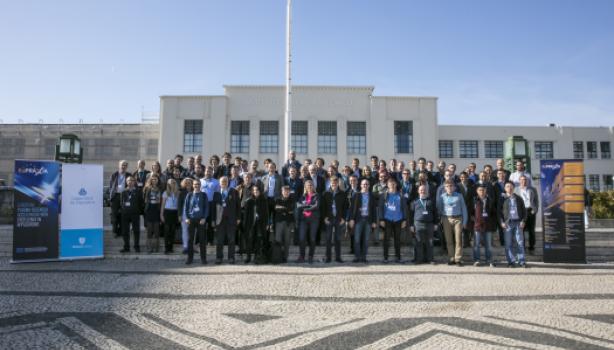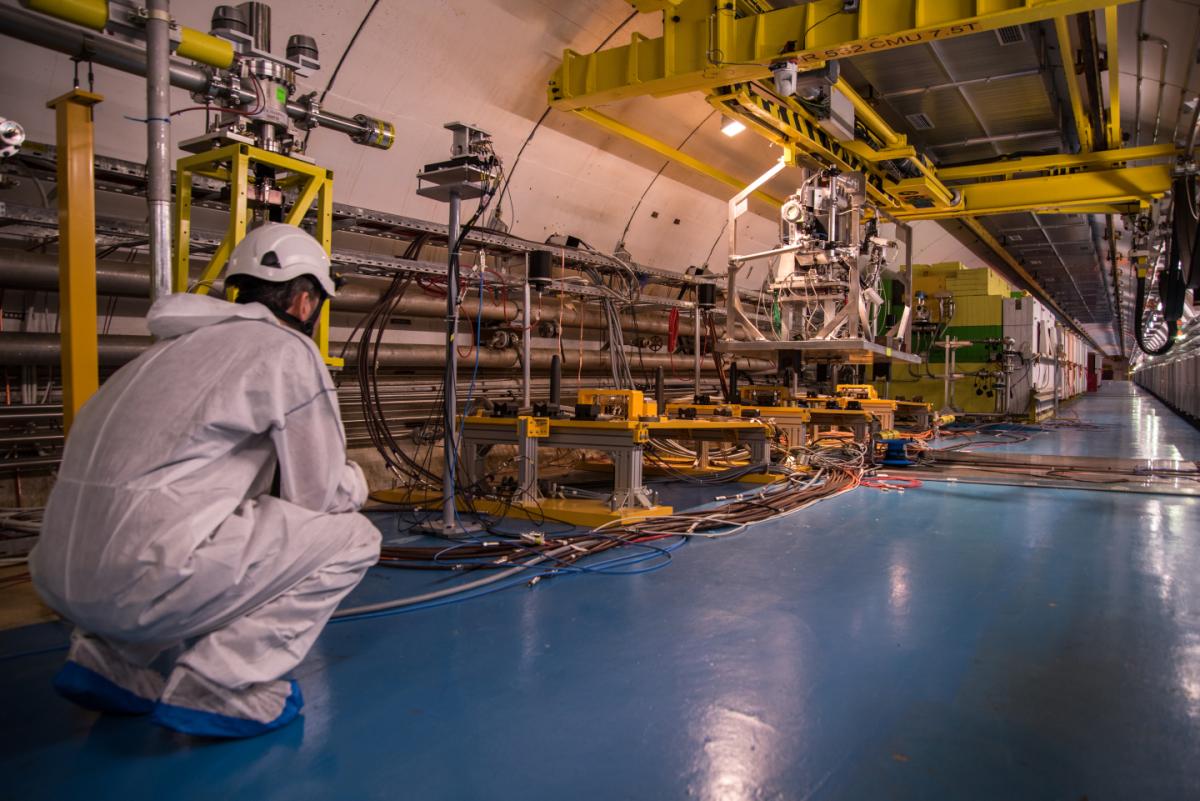The much anticipated International HiRadMat Workshop took place in the summer of 2019 at CERN, Geneva, Switzerland with great success.
In brief, the HiRadMat (High Radiation to Materials) facility was initially designed as a test bed for collimator related issues linked with thermal shock investigations. However, with the experience and knowledge gained over the years since its commissioning the research topics have gradually been extended to other areas of accelerator technologies, for example testing of beam diagnostic systems, materials examination and prototype validation; all supported by granting beam time to external users. HiRadMat is a unique user facility at CERN designed to provide high energy, high-intensity, pulsed beams to a multitude of experiments where the beam is extracted from the CERN SPS (Super Proton Synchrotron) with up to a few 1013 protons/pulse at a momentum of 440 GeV/c.
Since commissioning in 2012, HiRadMat has completed over 40 experiments and thanks to the past EuCARD, and EuCARD-2 co-fund, and more recently with the ARIES European Programme, several user teams could take advantage of the facility through Transnational Access support. Researchers primarily from Europe, but also from the US and Japan, gained access to the facility amounting to more than 4500 Transnational Access hours since the start of operation.
Credit: Athina Papageorgiou Koufidou
The International HiRadMat Workshop was held from 10th – 12th July 2019 at CERN. The mandate of the workshop was to determine the future needs of HiRadMat beyond LS2. The workshop brought together a range of scientific communities to exchange ideas on current and future projects with objectives linked to the experimental goals of HiRadMat, i.e. High Radiation to Materials research. 81 attendees participated in the event which included 37 presentations from 12 different scientific topic areas including spallation sources, targetry, fusion, materials science and engineering. The workshop concluded with an extensive discussion session followed by a tour of the HiRadMat experimental area and a guided CERN tour of the ATLAS visitor centre and the CERN Synchrocyclotron.
Global spread of attendees at International HiRadMat Workshop.
From the range of presentations at the event there was a clear interest in the future operation of the facility. HiRadMat has been identified by not only the accelerator physics and targetry communities, but by materials scientists, engineers and theorists as a unique facility offering the opportunity to perform controlled experiments with specialised beam parameters, not found elsewhere. Similarly, with already 12 letters of interest for future experiments submitted prior to the workshop, and several more expected, there is undoubtedly support for experimental campaigns beyond LS2.
Full details including abstracts and presentations can be found on the workshop indico page: https://indico.cern.ch/event/767689/overview.
Credit group picture: Julien Marius Ordan








